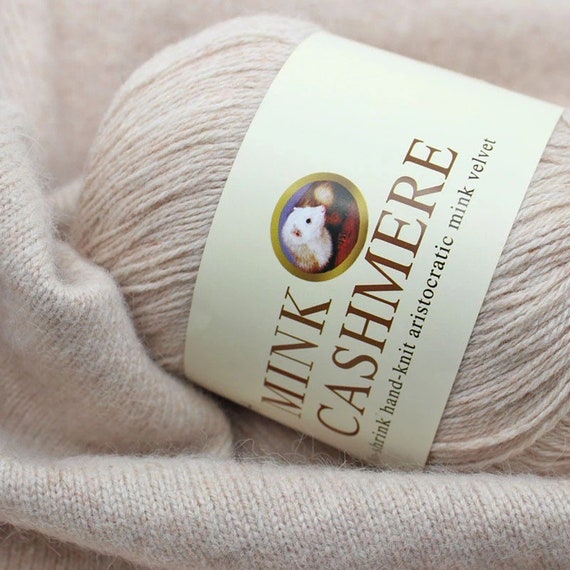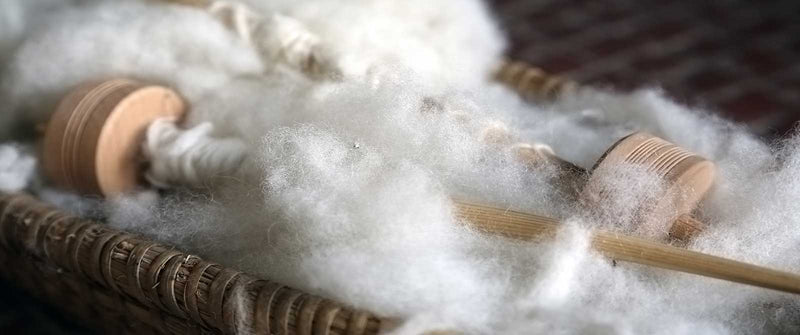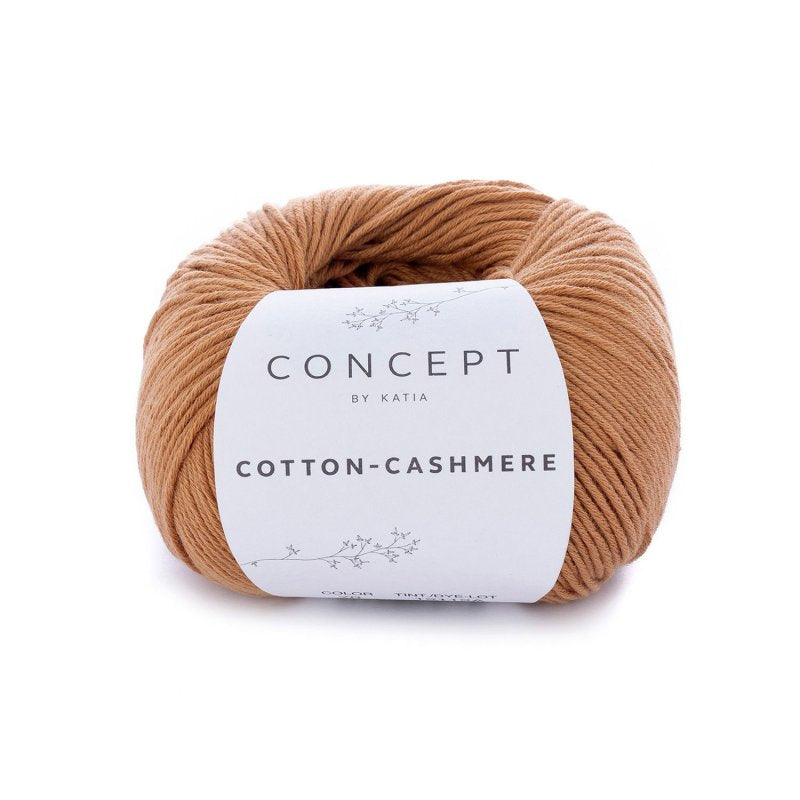How is cashmere Fibre Produced and Why Is It So Desired?
How is cashmere Fibre Produced and Why Is It So Desired?
Blog Article
Reasons You Have To Require Cashmere an All-natural Fiber for Convenience and Sophistication in Everyday Wear
In the realm of fabrics, couple of fibers match the high-end and comfort of cashmere. Exactly how can one best use cashmere to elevate their style? These intriguing concerns lay the structure for an enlightening expedition into the globe of cashmere. cashmere fibre.
Recognizing the Elegant Nature of Cashmere

Reviewing the Convenience Element of Cashmere Apparel
Cashmere's distinct fiber framework enables for breathability, controling temperature and protecting against getting too hot. Cashmere's hypoallergenic residential or commercial properties additionally add to its convenience, making it an excellent selection for delicate skin. In essence, the comfort of cashmere is derived from its soft qualities, breathability, durability, hypoallergenic nature, and versatility.

The Ecological Effect and Sustainability of Cashmere
While the convenience and sophistication of cashmere are definitely attractive, it's equally important to consider its relationship with the atmosphere. Cashmere production, largely in Mongolia and China, includes increasing cashmere goats, which can significantly strain breakable meadow environments as a result of overgrazing. This can result in desertification, a pressing environmental problem. The processing of cashmere, involving coloring and cleaning, can additionally contribute to water contamination if not correctly handled. Efforts are being made to develop sustainable cashmere manufacturing methods, such as rotational grazing and cleaner handling techniques. While cashmere has environmental influences, its sustainability largely depends on manufacturing methods.
Comparing Cashmere to Artificial Fibers: A Cost-Benefit Analysis
Regardless of its ecological difficulties, cashmere presents an unique set of benefits over synthetic fibers. On the cost side, cashmere is indisputably more costly as a result of its labor-intensive production procedure. The advantages make it worth the financial investment. Cashmere's natural fibers provide unmatched soft qualities and heat, converting right into comfort that artificial fibers battle to match. Cashmere items are extremely long lasting, encouraging long life that offsets first costs over time. Unlike synthetic fibers, cashmere doesn't add to microplastic air pollution, he said making it a more sustainable option. On the other hand, artificial fibers, while less costly upfront, offer less comfort, have much shorter lifespans and pose ecological problems. Thus, when evaluating cost-benefit, cashmere's exceptional high qualities make it a beneficial investment for day-to-day wear.
Designing Tips With Cashmere for Everyday Beauty
Having actually taken into consideration the cost-benefit analysis of cashmere compared to artificial see this page fibers, it comes to be clear why this luxurious product is a popular option for numerous. When styling cashmere for day-to-day style, simpleness is vital. Ultimately, the inherent elegance of cashmere makes it a versatile enhancement to any wardrobe, easily improving day-to-day clothing with a touch of luxury.

Final Thought
In enhancement, cashmere's sustainability and reduced ecological effect contrasted to artificial fibers further enhance its charm. Investing in cashmere garments is a worthwhile decision for comfort, sustainability, and design.

Report this page